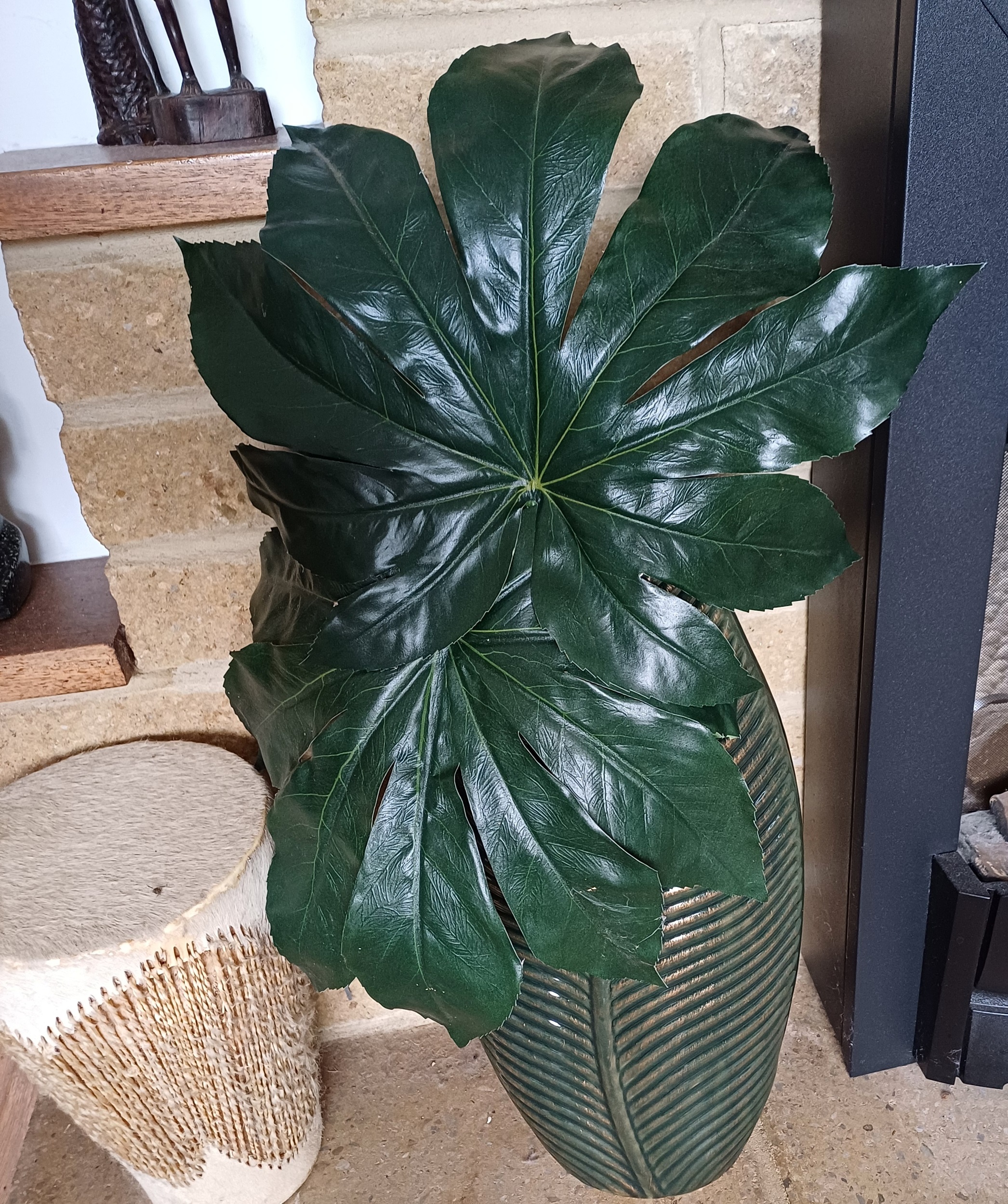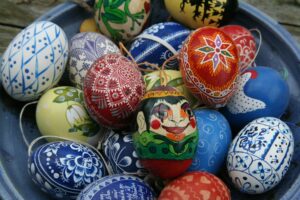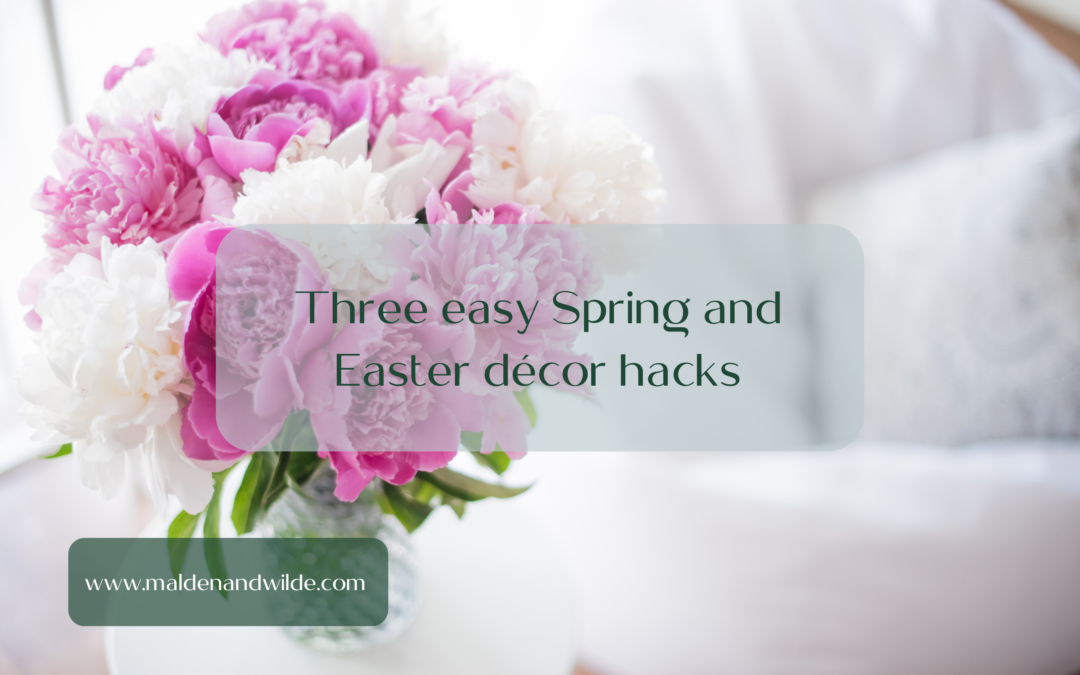Here are three easy Spring and Easter decor hacks, and a bit of history about the origins.
Spring and Easter are all about new life, rebirth, and regeneration – birds are nesting, rabbits are doing what rabbits do best, you know the drill! And as days lengthen and temperatures rise, everyone feels brighter and more optimistic. You might fancy a full spring spruce up for your home décor. But if that’s a step too far, using accessories is always a great way to change the vibe in your home.
# 1 Colours – pastels for spring and new life

We associate certain colours with new life (I decorated my baby’s nursery in soft sunny yellow).
So it’s no real surprise that the favourite Easter décor colours are pastels – baby pinks and blues, soft minty greens. Add some different wall art with pretty pastel tones, or a new mirror opposite a window that brings extra light. Cute throw cushions, indoor wreaths with pastel colours, or throw rugs layered over your existing carpets and rugs; they all lift the ambience of a room easily without hurting your bank balance.
#2 Natural elements and botanicals
‘Bringing the outside in’ is an enduring trend and is mentioned in all sorts of fashionable ideas. Truth be told, green is a restful, uplifting colour. And if indoor plants are not your thing (me neither) think about lush faux foliage, or bunches of green preserved foliage like eucalyptus, in a contrasting vase or container – cream, gold, or green glass all will work well. Floral prints, natural woven textiles, pretty coloured woven baskets (functional too) can all add depth and comfort.

#3 Eggs and bunnies – and a bit of DIY
I’ve discovered that the spring equinox was linked with the pagan goddess Eostre – and eggs were an ancient symbol of new life. Early Christian tradition absorbed many ancient customs, and the Easter egg became symbolic of the Resurrection. Decorating and painting eggs also goes back centuries. Assyrian and Phoenician artists traded their eggs across country borders.

And bunnies? The hare was the Eostre’s sacred animal – and of course, spring is the mating season, with baby bunnies popping up everywhere. (POV: I’m not a fan of egg garlands, egg frames, Easter egg trees … it all gets a bit much. Sometimes less really is more! A single, simple table arrangement with one or two pretty eggs and, (if you really have to), a bunny is enough)
Here’s the DIY bit …
As a child, I remember my mother telling us that she and her sister used to paint blown eggs for Easter. The idea is that you make a little hole at each (narrow) end of the raw egg. You insert something thin a couple of times, like a thin knitting needle or darning needle, to break the yolk. Then, you carefully blow through one hole and the contents of the egg will pour out the other end. Rinse the egg out thoroughly and it’s ready to paint. That’s the theory, anyway. I vividly remember Mom trying to blow an egg one year. She did everything the way she remembered, blew hard …. And all that happened was a miserable little trickle that came out of the hole at the bottom. Then the egg suddenly broke – and we had scrambled eggs for supper. The painting eggs project was quietly shelved. (BTW – check out YouTube for how to properly blow an egg.)
English heritage have a great article on pace eggs in the UK. ‘The word ‘pace’ comes from ‘paschal’, the Latin name for Easter. They were hard boiled hen, duck or goose eggs with a colourful shell.’
Any eggs can be used to make pace eggs, although white egg shells will produce more vivid results. And, if you use food colouring, you can still eat the eggs like any other hard boiled (uncoloured) eggs. The easiest recipe I found to make pace eggs is on www.warmwellies.co.uk I’ve not tried making pace eggs myself. But if you do, I’d love to hear how you get on. Send me pictures!
Sources: www.leaders.co.uk, www.english-heritage.org.uk



Recent Comments